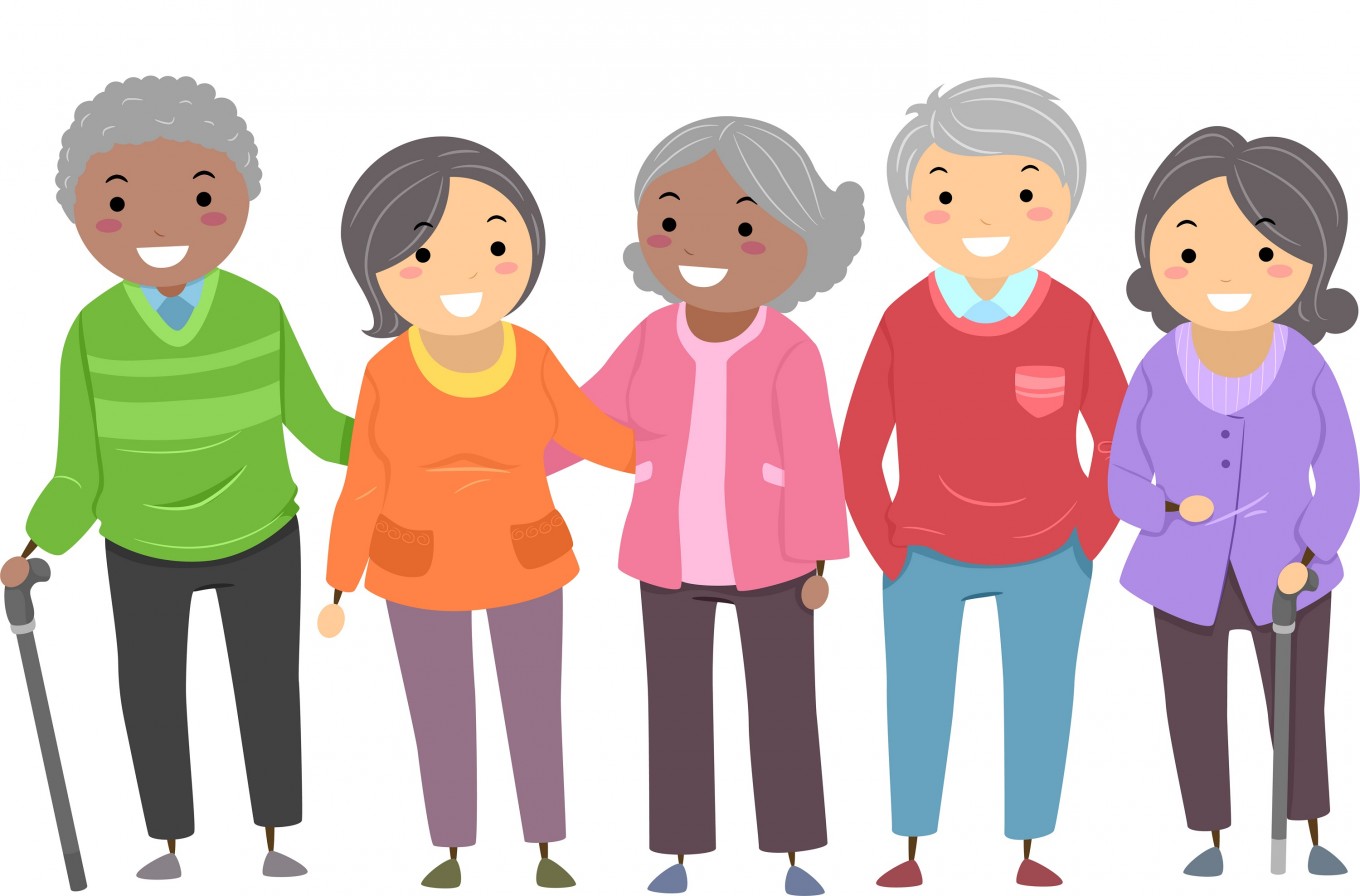 I would like you to participate in a brief mental exercise.
I would like you to participate in a brief mental exercise.
Close your eyes and visualize the images you see when you say the following words: “old man, elderly gentleman, old woman, elderly lady.”
I won’t elaborate on these responses right now, but if you visualize different images you will begin to understand the extent to which stereotypes can influence our perceptions.
There is a word association technique I have often used when speaking before various groups. Using the world “old” I ask the audience for phrases or descriptions of old people. It is rather difficult to find words that bear a positive description for the word itself. For example, when speaking about old men we tend to describe them as old geezers, old crocks, old codgers, and yes, even dirty old men. When describing women who are old, I’ve heard terms such as old witch, old biddy, old crone, old hag, and old battle axe. However, when we talk about old things, it’s always in the positive vein: old painting masterpieces, old fine wines, old finely embroidered lace, etc.
Question: How old is old?
A 15-year-old girl watches as her younger sister and friends play with their dolls. She has an impulse to join them. Why doesn’t she? “Because I am too old to play with dolls,” she declares!
Later the same girl races excitedly with cell phone in hand to ask mother if she can go on a date with a boy who has a car and a license. “No dear,” is mother’s reply. “Absolutely not! You’re not old enough for that activity. Maybe when you are older."
Question: How old is old?
A 60-year-old man is overlooked for a promotion in pay and position with little consideration by his superior. “Why,” he asks. The supervisor’s response, “You are too old to understand the updated techniques required to do this job and you may fail.”
Question: How old is old?
Another candidate applies for the same position. He is 25 years old! He too, is passed over and informed he is not old enough to take on the responsibilities of so complex a job which also includes employees who are older than he and they would reject someone bossing them around, especially at “his young age.”
We are that group in 10 or 20 or even 40 years ahead. Some of us, I gather, may already be there.
We tend to make numerous decisions or have them made for us based on false assumptions about age. We are often made aware that we are either too old or not old enough for activities, opportunities, and experiences we wish for. And in the same way, we tend to pre-judge other people according to their age.
To better understand how old is old, let’s try and imagine the following questions and how you would answer them.
- Have you ever considered how the aging image came on to the American scene, and if so, how did you react?
- Is there a point when the nation began seriously looking at the aging phenomenon in an emerging society?
Here are, what I call concrete facts, that offer an understanding of the issue of aging and how it has profoundly influenced change on the American landscape.
Fact: During the early part of the 20th century those who turned 65 years of age numbered 5 million. At present that number is 40 million and is expected to leapfrog to 50 million by 2030.
Fact: In 1997 the world’s population of aging (561 million) was approximately 10%, whereas this statistic is now projected to rise to 20% by 2025.
Fact: At present, those who are turning 75 years and older has increased 40% while the population of those under 65 rose to only 12%.
Fact: Increases in life expectancy has its advantages and drawbacks, and as we add additional years to our lives, we run the risk of increases in multiple body organ decline due to the physiology that is incurred as we age.
Fact: Ageism can “encourage” a younger generation to view the older population as different from themselves and will cease to identify with the aged individual’s collective years of experience and wisdom.
Fact: Ageism “allows” a younger generation to view their elders as inflexible and unable to change or adapt with time.
Final thoughts: As a society we’ve come the route from 16th century isolation and lack of concern for the aged, to a more viable population with economic and social possibilities. It is therefore our obligation to reject the numerous and fallacious beliefs that abound with aging, and to reject the false fixed belief that aging is an inevitable process that ultimately ends in deterioration.
When I began this article I posed the question, “how old is old?” Much of the answer can be found in the kind of person we are and what we have become as wo go forth. Incidentally, the title of this article is “Stereotyping and Aging.” According to the dictionary, stereotype is defined as “an idea that many people have about a thing or group and that may often be untrue.”
I leave you with a fitting quote by my beloved father-in-law Sam Schuman, “Hope is the mainspring which keeps us more or less interested in life until we reach the windup.”



